The graphs in Fig shown the variation of the product PV with respect to the pressure (P) of given masses of three gases, A, B and C. The temperature is kept constant. State with proper arguments which of these gases is ideal.
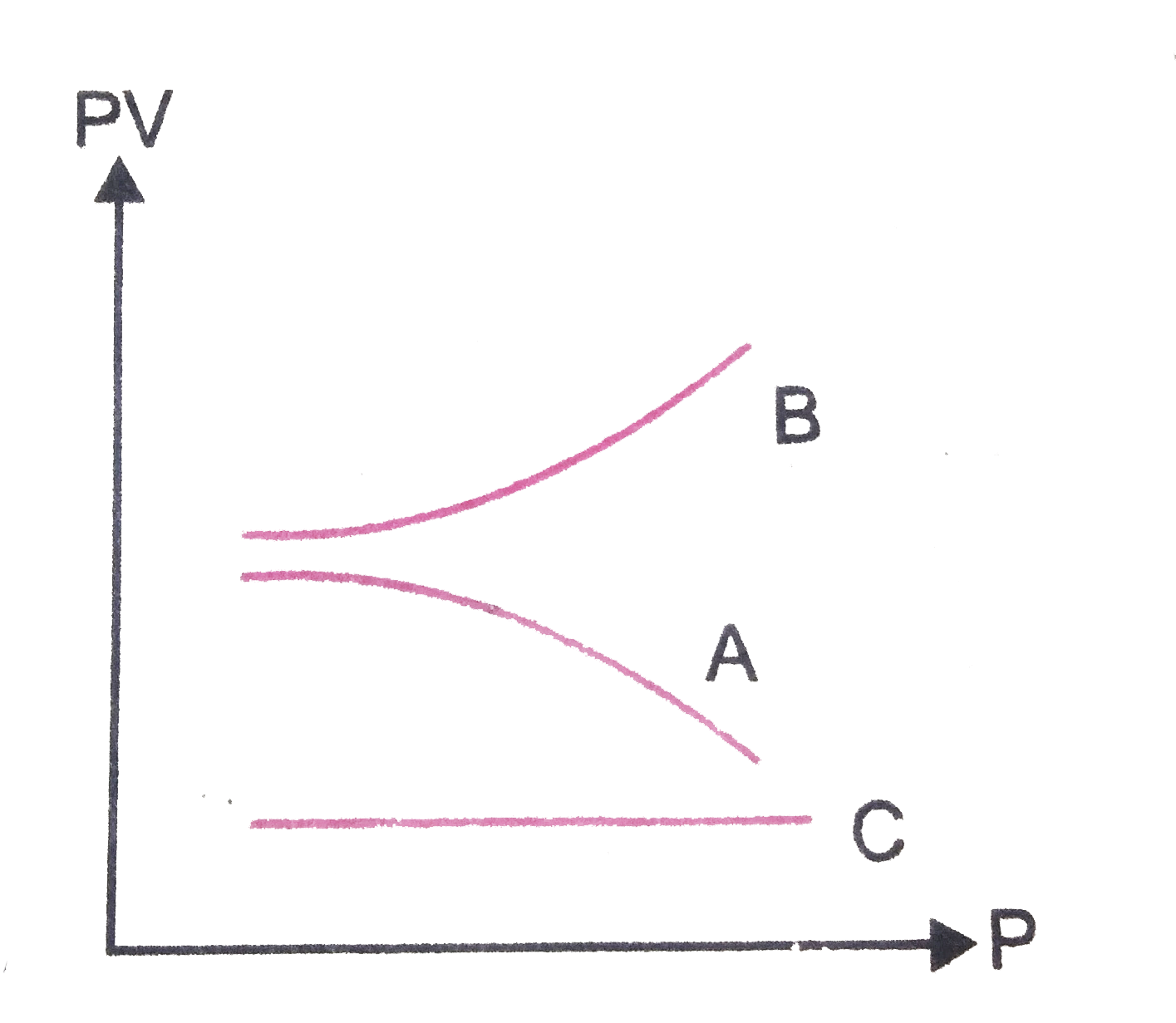
Video Solution
Text Solution
Gas C is ideal, because PV is constant for this gas. It means the gas C obeys Boyle's law at all pressure.
|
Topper's Solved these Questions
- BEHAVIOUR OF PERFECT GAS & KINETIC THEORYBOOK - PRADEEPCHAPTER - BEHAVIOUR OF PERFECT GAS & KINETIC THEORYEXERCISE - Very short Answer questions
35 Videos
- BEHAVIOUR OF PERFECT GAS & KINETIC THEORYBOOK - PRADEEPCHAPTER - BEHAVIOUR OF PERFECT GAS & KINETIC THEORYEXERCISE - Short answer questions
28 Videos
- BEHAVIOUR OF PERFECT GAS & KINETIC THEORYBOOK - PRADEEPCHAPTER - BEHAVIOUR OF PERFECT GAS & KINETIC THEORYEXERCISE - Solved Examples
43 Videos
- GRAVIATIONBOOK - PRADEEPCHAPTER - GRAVIATIONEXERCISE - Assertion-Reason Type Questions
19 Videos
Similar Questions
Knowledge Check
What is the nature of graph of PV versus P for a given mass of a gas at constant temperature?
AParallel to X-axisBParallel to Y-axisCLinear with positive slopeDLinear with negative slopeThe given graph represents the variation of Z (compressibility factor =PVnRT) versus P, for three real gases A, B and C. Identify the only incorrect statement.
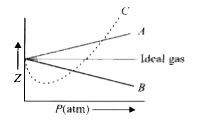 AFor the gas A, a=0 and its dependence on P is linear at all pressures.BFor the gas B, b= 0 and its dependence on P is linear at all pressures.CC is less compressible than expected from ideal behaviour.DAt high pressure, the slope is positive for all real gases.
AFor the gas A, a=0 and its dependence on P is linear at all pressures.BFor the gas B, b= 0 and its dependence on P is linear at all pressures.CC is less compressible than expected from ideal behaviour.DAt high pressure, the slope is positive for all real gases.The given graph represents the variation of Z (compressibility factor =PVnRT) versus P, for three real gases A,B and C. Identify the only incorrect statement.
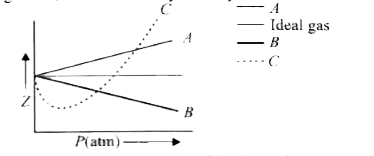 AFor the gas A,a=0 and its dependence on P is linear at all pressuresBFor the gas B, b=0 and its dependence on P is linear at all pressures.CFor the gas C, which is typical real gas for which neither a=0 nor b=0. By knowing the minima and the point of intersection, with Z=1, a and b can be calculated.DAt high pressure, the slope is positive for all real gases.
AFor the gas A,a=0 and its dependence on P is linear at all pressuresBFor the gas B, b=0 and its dependence on P is linear at all pressures.CFor the gas C, which is typical real gas for which neither a=0 nor b=0. By knowing the minima and the point of intersection, with Z=1, a and b can be calculated.DAt high pressure, the slope is positive for all real gases.
For a given mass of a gas at constant temperature,if the volume,'V' becomes three times then pressure P will become
View Solution" For a given mass of a gas at constant temperature,if the volume "V" ' becomes three times then pressure 'P' will become "
View SolutionThe given graph represents the variations of compressibility factor Z=PV/nRT vs P for three real gases A, B, and C.

Identify the incorrect statements.
View SolutionFor a given mass of a gas at constant temperature, if the volume V becomes three times, then the pressure (p) will become :
View SolutionThe volume-temperature graphs of a given mass of an ideal gas at constant pressure are shown below. What is the correct order of pressure ?
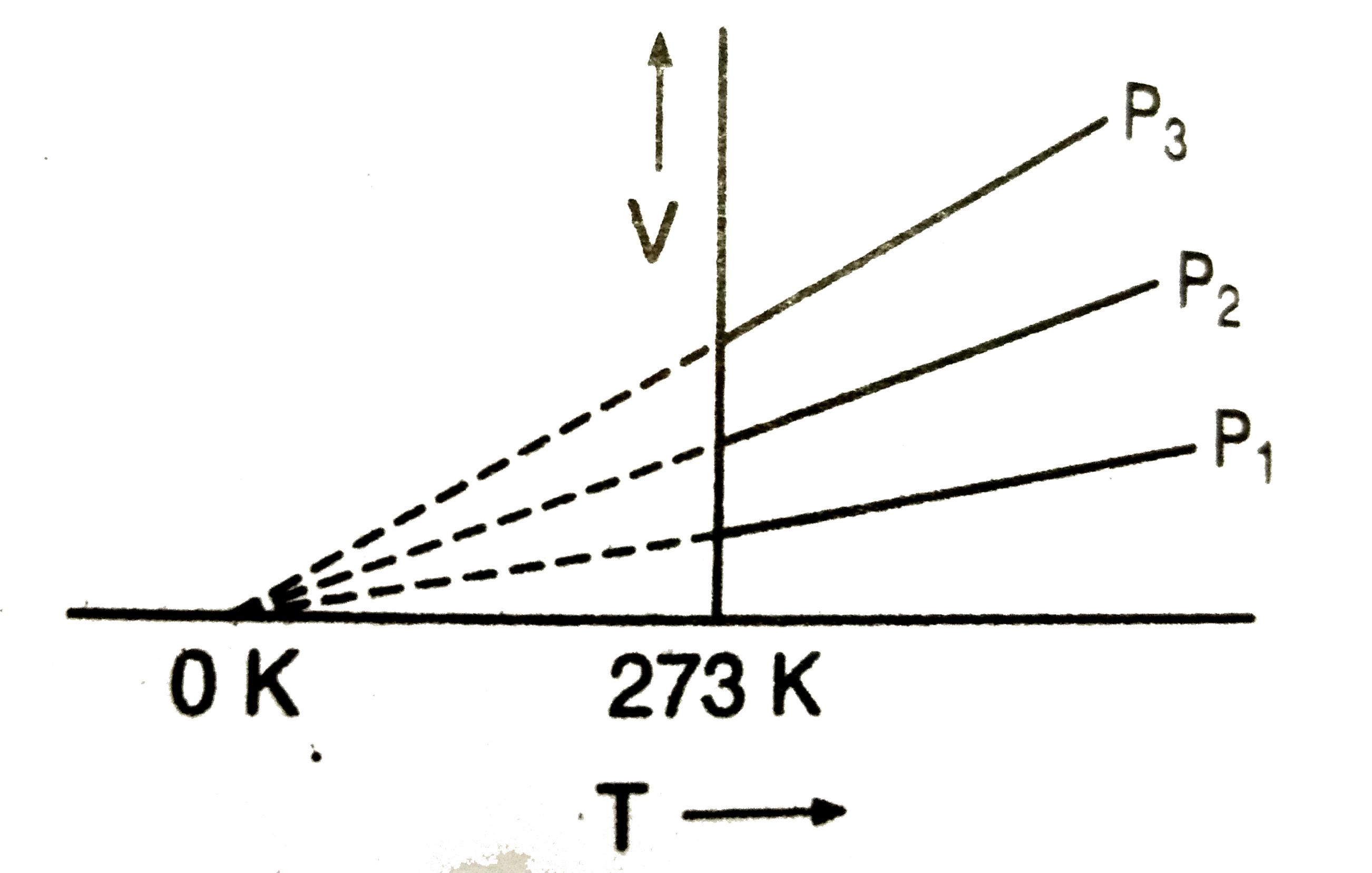
View Solution

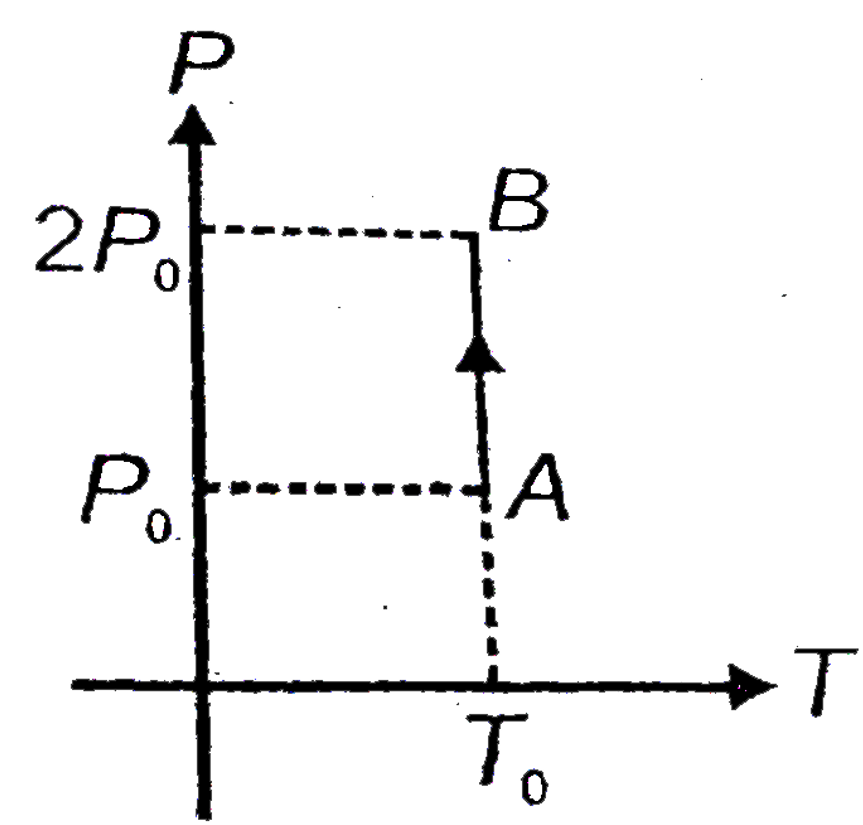 .
.